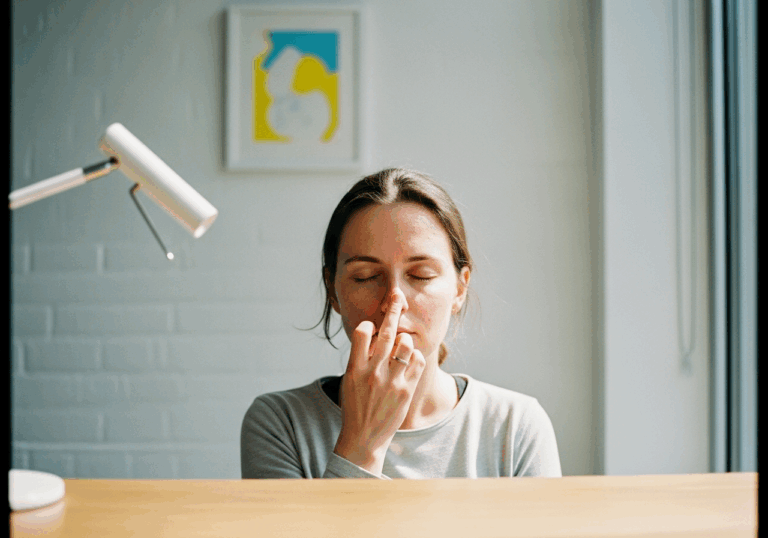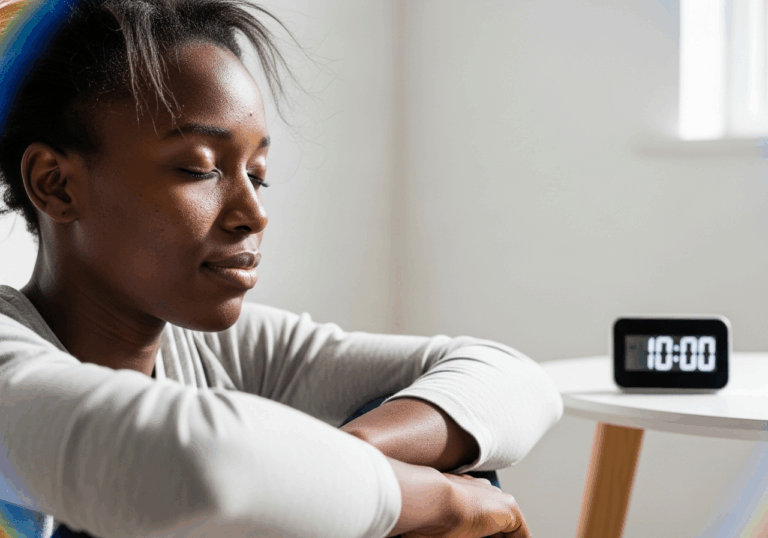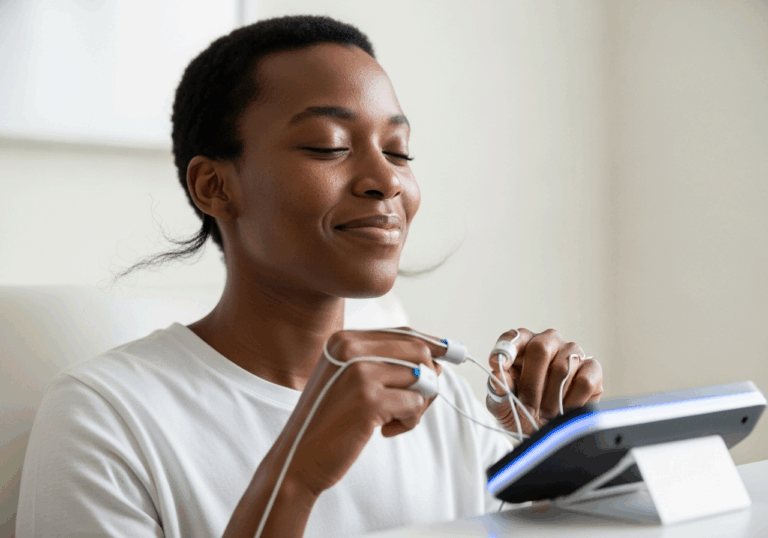Science-Backed Tips
Breathe Better: Transform Your Health in 10 Minutes
Daily slow-paced breathing can improve heart health and mood.
📊 Did you know?
💡 Why It Matters
1️⃣
Improved heart rate variability (HRV) is linked to better emotional regulation.
2️⃣
Lowering systolic blood pressure by 0.45 SD can reduce cardiovascular disease risk.
3️⃣
Enhancing mood through breathing techniques can lead to better overall quality of life.
✅ Try These Micro-Tips
🎯
Practice slow-paced breathing for 10 minutes daily at a rate of 6 breaths per minute.
🎯
Incorporate this breathing exercise into your morning routine for consistency.
🎯
Use guided breathing apps to help maintain the correct pace.
🎯
Track your mood and blood pressure before and after four weeks of practice.
📚 The study
By examining 31 studies with a total of 1,133 participants, the research highlighted that just 10 minutes of slow-paced breathing sessions can lead to remarkable physiological improvements.
The findings showed an increase in heart rate variability (HRV), with RMSSD and SDNN scores rising by 0.37 and 0.77 standard deviations, respectively, both statistically significant (p<0.01).
Additionally, systolic blood pressure (SBP) was lowered by 0.45 SD, indicating a reduced risk of cardiovascular disease.
Participants also experienced modest stress reduction, with a significant improvement in mood and emotional regulation linked to these breathing techniques.
This study underscores the importance of incorporating slow-paced breathing into daily routines, as it not only enhances heart health but also uplifts mood, ultimately contributing to a better quality of life.
Embracing these simple yet effective breathing exercises can be a powerful tool for anyone looking to improve their emotional well-being and cardiovascular health.
❓ Frequently Asked Questions ❓
Learn more
What is slow-paced breathing and how does it work?
Slow-paced breathing involves taking deep, controlled breaths at a rate of about six breaths per minute. This technique helps to enhance autonomic balance, leading to improved heart rate variability and mood regulation.
How long should I practice slow-paced breathing to see benefits?
Practicing slow-paced breathing for just ten minutes daily over four weeks can yield significant physiological and emotional improvements. Consistency is key to experiencing the full benefits of this technique.
What are RMSSD and SDNN, and why are they important?
RMSSD (Root Mean Square of Successive Differences) and SDNN (Standard Deviation of Normal-to-Normal intervals) are measures of heart rate variability (HRV). Higher values of these metrics indicate better autonomic function and emotional regulation.
Can slow-paced breathing help with stress reduction?
Yes, slow-paced breathing has been shown to modestly reduce stress levels. This reduction is linked to improvements in heart rate variability and overall emotional well-being.
How does slow-paced breathing affect blood pressure?
Engaging in slow-paced breathing can lower systolic blood pressure by approximately 0.45 standard deviations. This reduction may contribute to a decreased risk of cardiovascular diseases.
What mood improvements can I expect from slow-paced breathing?
Practicing slow-paced breathing can enhance mood and emotional regulation. This improvement is associated with better overall quality of life and well-being.
How can I incorporate slow-paced breathing into my daily routine?
You can incorporate slow-paced breathing into your morning routine for consistency. Using guided breathing apps can also help you maintain the correct pace during your practice.
Is there a specific breathing rate I should follow?
The recommended breathing rate for slow-paced breathing is approximately six breaths per minute. This rate is optimal for achieving the desired physiological and emotional benefits.
How can I track my progress with slow-paced breathing?
You can track your mood and blood pressure before and after four weeks of practicing slow-paced breathing. Keeping a journal or using health apps can help you monitor these changes effectively.
What should I do if I find it difficult to maintain the breathing pace?
If you struggle to maintain the breathing pace, consider using guided breathing apps or recordings that provide cues. Practicing in a quiet environment can also help you focus and improve your technique.





